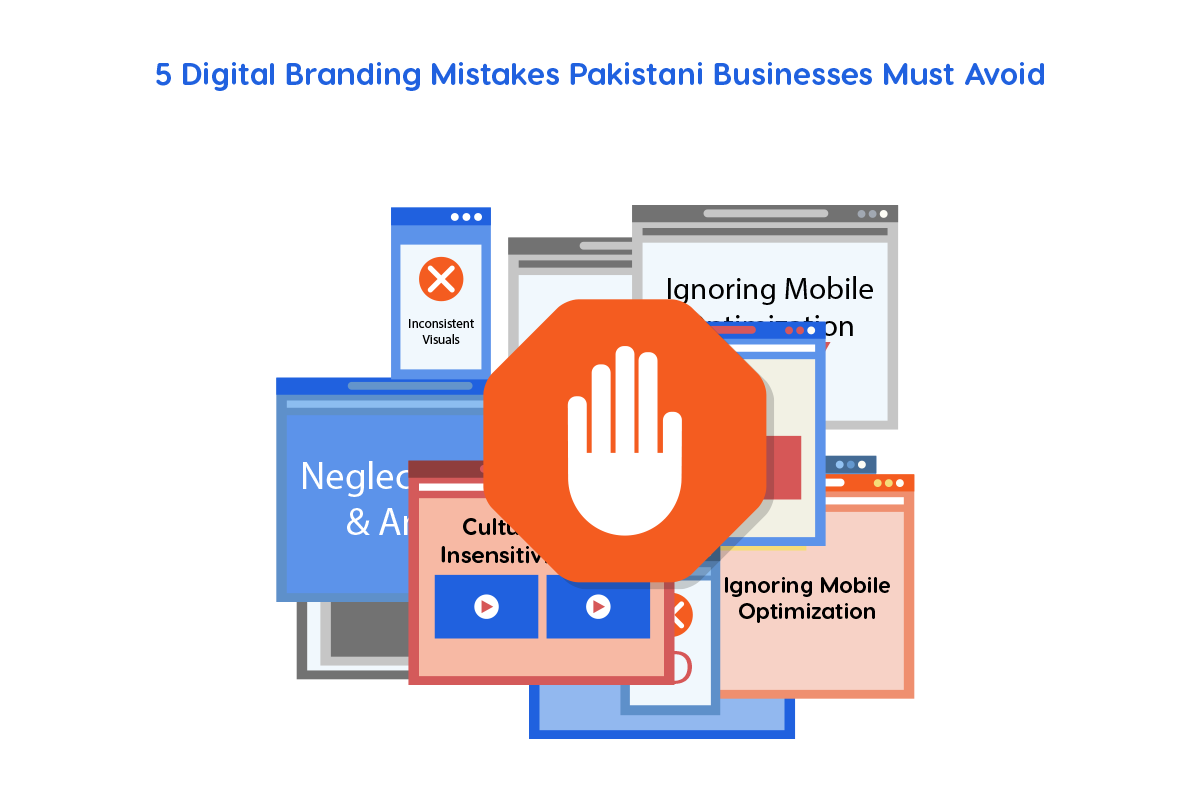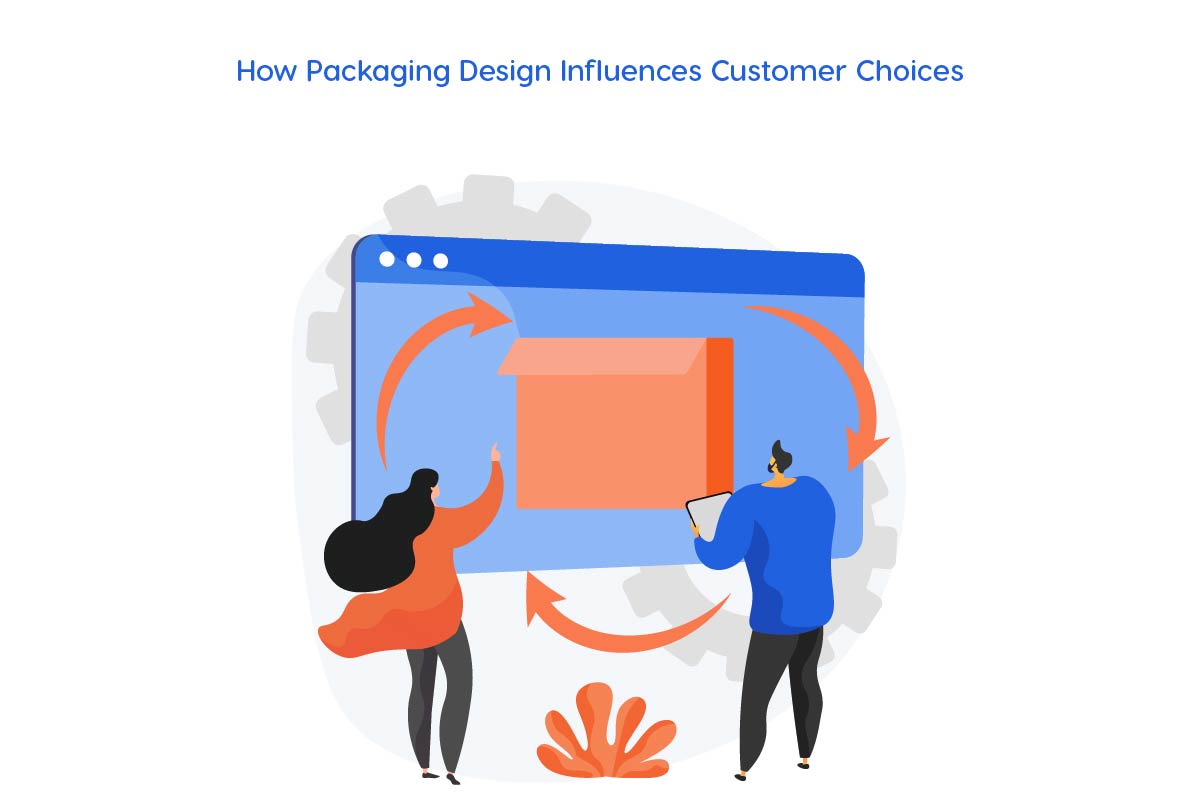Colors are not visual only elements because they are emotional language and tell your story, values, personality of your brand. It’s color, which makes people view your brand in silence, but a very strong one, be it the serene blue of Facebook or the bright red of Coca Cola. We will discuss the working of color psychology and how business can utilize this to better brand its business.
What Is the Psychology of Color in Branding?
The psychology of color is a science of the influence of colors in human emotions and decision making. It is applied in branding to establish emotional bonds and consumer behavioral control. Studies indicate that color can make or break your brand image since in most cases, up to 90 percent of first impressions are based on color.
Why Colors Matter More Than Words
The color of your brand is what customers will see before reading your tagline or going through your webpage. It immediately informs them of whether your business is vibrant, reliable or even decadent. Colors provide short cuts to emotions, more so than any slogan and image combination can.
The Emotional Impact of Different Colors
| Color | Emotion / Association | Famous Brands Using It |
|---|---|---|
| Red | Energy, passion, urgency | Coca-Cola, Netflix, YouTube |
| Blue | Trust, security, calm | Facebook, PayPal, HBL |
| Yellow | Joy, optimism, warmth | McDonald’s, Shell, IKEA |
| Green | Growth, nature, health | Starbucks, Spotify, Nestlé |
| Purple | Royalty, imagination, luxury | Cadbury, Hallmark, FedEx |
| Black | Power, elegance, sophistication | Chanel, Nike, Apple |
| Orange | Confidence, excitement, fun | Fanta, Amazon, Gulf |
| White | Simplicity, cleanliness, modernity | Apple, Tesla, Adidas |
Each color sends a psychological message that shapes how customers feel about your brand.
The Importance of Color in the Creation of a Brand
Colors dominate the brand memory of people. Consider the red and blue of Coca Cola or McDonald yellow arches, these colors have become what they were. Your brand: a carefully selected color scheme will assist you.
The Brand Personality/ Color Matching
Each color is associated with a particular brand personality. For example:
Funny and active brands
Bright colors are used such as orange or yellow.
Professional and trusted brands
Do not use warm colors such as red or yellow.
Premium and elegant brands
Dark colors such as black or gold can be used.
When you use the tone that matches your brand, your message is more sincere and strong.
Logo Design Psychology in Color
Where color psychology is the most brilliant is logos. The logo of a brand is the most common and the most direct contact that the customers have.
- Red logos is attention-catching and creates urgency.
- Blue logos create trust and relaxing effect.
- Green logos are suggested to be environmentally-safe or healthy.
This is the reason why there are various color versions that brands experiment on before they settle on their logo.
The Big Effects of Colors on Purchasing
Colors have a direct impact on the behavior of the customers:
| Orange and red | The color red and orange excite and give impulse buying power. |
| Blue and green | The blue and green colors encourage trust, which is ideal with the banks or health care brands. |
| Black and gold | Black and gold are more luxurious, and this can be used to explain the overcharging. |
As a matter of fact, research indicates that a brand recognition can increase by 80 percent with the use of consistent color.
The Psychology of Psychology of Culture
Depending on the place, color meanings may vary. For example:
- In Pakistan, the color green is associated with a good life and nationalism.
- Red symbolizes celebration and good fortune in China.
- Black is associated with power, yet mourning in the Western countries.
These cultural subtleties are important in a global brand.

The color psychology used in Pakistani Brands
Some Pakistani brands are effective in their use of colors:
Jazz (Red):
It implies energy and passion, as it is the representation of a young audience.
Khaadi (Orange & White):
Is a symbol of creativity, culture and classiness.
Pepsi Pakistan (Blue):
Maintains freshness, trust and global identity.
Tapal (Red):
Tapal is also warm and lively like tea, which is comfortable.
These color strategies allow the local brands to be emotionally linked to Pakistani consumers.
Common Errors that Brands commit with Colors
These are the color-based branding mistakes that should be avoided:
The Best Way to Select the Brand Colors
The following are the steps that can help you identify your ideal color palette:
Knowing your audience
what are you trying to feel?
Determine your brand values
do you have calm, bold, eco-friendly or luxurious?
Competitors of research
identify a distinctive color in your industry.
Test combinations
experiment with feedback and tones.
Final Thoughts
Colors are silent storytellers that shape the way people experience your brand. A well-chosen color palette can spark emotion, build recognition, and strengthen customer trust. In today’s competitive market, understanding the psychology of colors isn’t just design, it’s a powerful branding strategy that helps your business leave a lasting impression.





